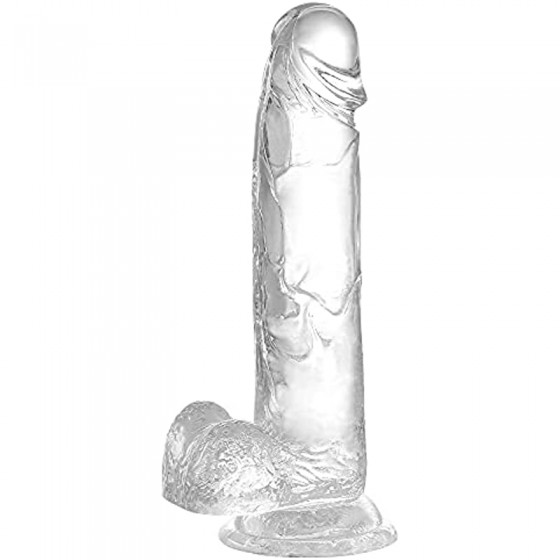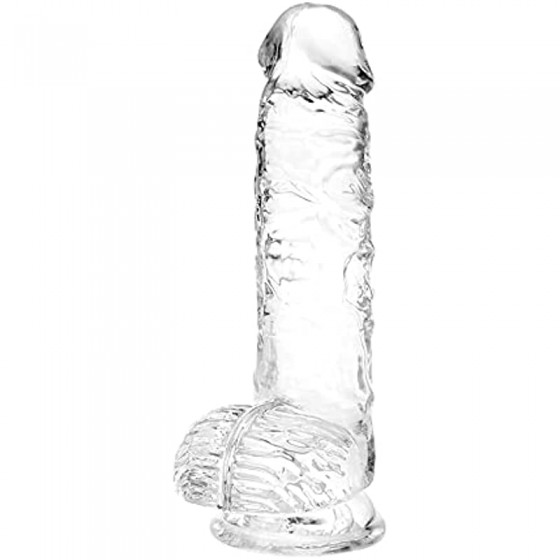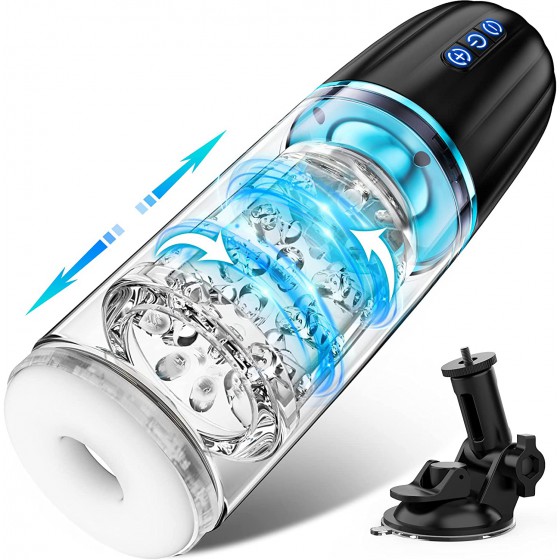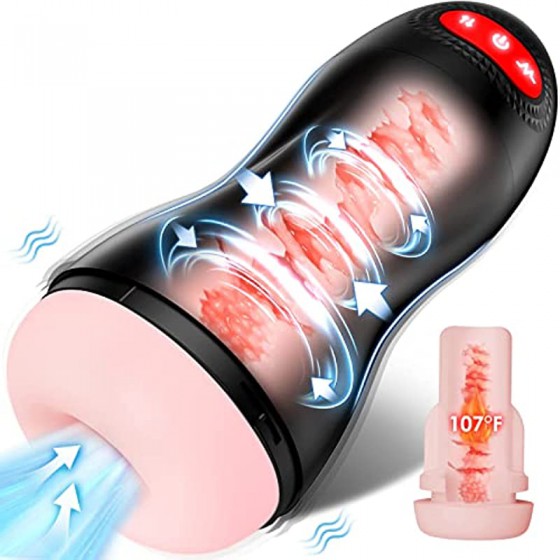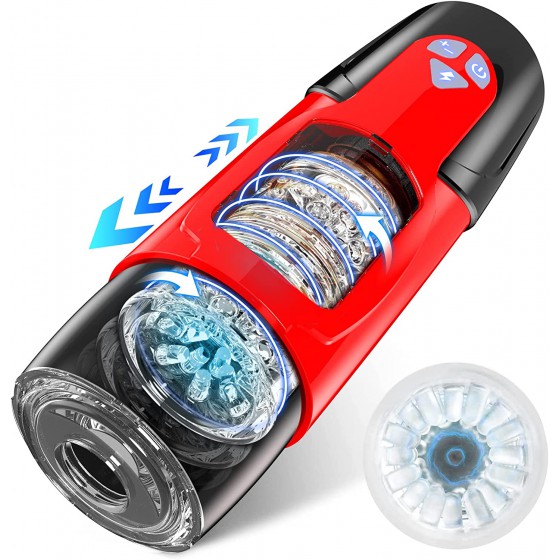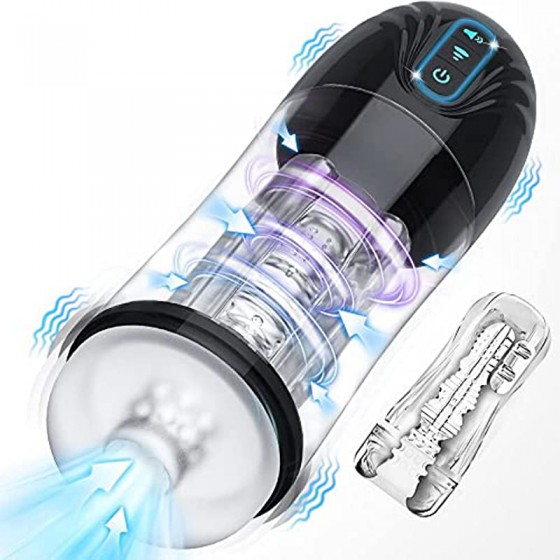Rehabilitation standards for chronic prostatitis
What is chronic prostatitis
Do you know chronic prostatitis? You may have heard about chronic prostatitis. People suffering from this disease are generally in pain. According to experts, clinically, most patients with chronic prostatitis often have symptoms of neurasthenia, which include poor energy, memory loss, dizziness, and insomnia. , depression, emotional instability, fatigue, etc. Let’s learn about chronic prostatitis together:
Chronic prostatitis is the most common disease that endangers men’s health today, with an incidence rate of 4% to 25%. Nearly 50% of men will experience symptoms of prostatitis at some point in their lives. Due to its complex causes, pathological changes, and clinical symptoms, it has a certain impact on male sexual and reproductive functions, seriously affecting the quality of life of patients and causing them to suffer great mental and physical torture. Among them, chronic prostatitis It can also induce neurasthenia.
Many patients with chronic prostatitis are very nervous about the many symptoms that appear on themselves. Under the intertwined influence of many factors, symptoms such as neurasthenia follow one after another. Unhealthy mental factors are the main cause of neurasthenia.
The prostate is located deep in the pelvic cavity. It is densely covered with nerves. The maladaptive symptoms of prostatitis become a kind of bad signal that is constantly transmitted to the brain. These signals not only cause long-term damage to brain nerve cells. Being in a state of tension leads to a decrease in nerve function, and it also becomes a stubborn negative mental factor that interferes with the work of the highest nerve "headquarters" in the human cerebral cortex. In addition, many chronic prostate patients lack self-control over many of the symptoms that occur in their bodies. If the patient is timid, sensitive, or suspicious, it will become particularly obvious.
Rehabilitation standards for chronic prostatitis:
1. Urinary discomfort, urinary frequency, urgency, painful urination and other urethral discomforts disappear.
2. The pain and swelling in the perineum, anus, lower abdomen, and lumbosacral area disappear.
3. Sexual dysfunction symptoms such as impotence, premature ejaculation, spermatorrhea, and ejaculation pain are significantly recovered.
4. The test results of prostate fluid are normal, and the cause of prostate inflammation is completely eliminated.
5. Digital rectal examination shows that the prostate is normal or improved.
6. The localized segmented urine test is normal.
7. The staining of prostate smear is normal and the bacterial culture is negative.


